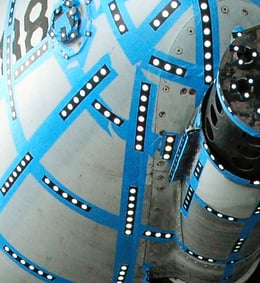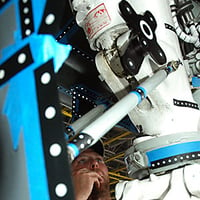
Many of us are familiar with digital photogrammetry – you know, the science of establishing 3D coordinates using some nice digital cameras and some very cool software. But did you know that the principles of photogrammetry date back to the late 1400s? One of the first known proponents of this was actually Leonardo Da Vinci, who studied how to use projective geometry as a measurement tool. In the 1800s, Aime Laussedat pioneered the use of terrestrial photographs for topographic map creation from hot air balloons. How fun would that have been?
But if we fast-forward to the 1990s from Ye Olden Days, we see a time when software was getting much more powerful and computers were getting smaller. We also see pretty cool digital cameras being developed with high density imaging arrays. Put all those things together, and voila! You have modern digital photogrammetry. But wait, though, something’s missing….
First things first ... Tiny bubbles?
You can’t just go out and start shooting pictures from multiple perspectives and generating measurements because it’s difficult for the software to stitch all those images together. Obviously,  the different photographs need to have scaling and positional markers in them so that one image can be correlated to another. Once the various images from different angles can be tied together, measurement algorithms can take over to generate the topography of the scene.
the different photographs need to have scaling and positional markers in them so that one image can be correlated to another. Once the various images from different angles can be tied together, measurement algorithms can take over to generate the topography of the scene.
It turns out that retroreflective targets are just what is needed to aid the measurement process. And that’s where the Tiny Bubbles come in (apologies to Don Ho). These targets consist of hundreds of tiny glass bubbles (spheres) which, because of their shape and their index of refraction (approaching 2.0), direct incoming light right back at the source. When taking a picture using a flash, these targets are typically 100 to 1,000 times more reflective than a simple white target.
Retroreflective photogrammetry
 Retroreflective photogrammetry is lightweight, relatively low cost and easy to use in areas that are difficult to access. Perhaps one of the biggest advantages is that the instantaneous strobe pulse which illuminates all targets simultaneously minimizes the effects of external vibrations. Cameras can be used on ladders, scaffolds, lifts and other areas where vibration may occur without any degradation of the results.
Retroreflective photogrammetry is lightweight, relatively low cost and easy to use in areas that are difficult to access. Perhaps one of the biggest advantages is that the instantaneous strobe pulse which illuminates all targets simultaneously minimizes the effects of external vibrations. Cameras can be used on ladders, scaffolds, lifts and other areas where vibration may occur without any degradation of the results.
This makes the technology useful for applications where speed and access are primary considerations. In the time it may take to set up comparable metrology systems, a user can apply the targets to the object, take the required images and get results.
What's new?
One of the problems – at least until now - is trying to remove the adhesive backed retroreflective targets after the measurements have been taken without leaving behind any of the adhesive gunk. Traditionally these targets have been made with a rubber based adhesive that is good for initial hold, but often do not remove cleanly, requiring significant labor for clean up and possible damage to the measurement surface.
The new AIM RetroReflective Target Tapes have a specially formulated acrylic adhesive designed for clean removal after the measurements are taken. A large aerospace company recently has been using these new target tapes and offers “The AIM tape product is what we’ve been looking for. The adhesion is easily removed days after being affixed to painted surfaces, no scraping is required to remove it, and it leaves no residue. This is something the industry has needed for a long time.”
If you would like to learn more about AIM RetroReflective Tapes visit our website or call us at 877-632-7873.

